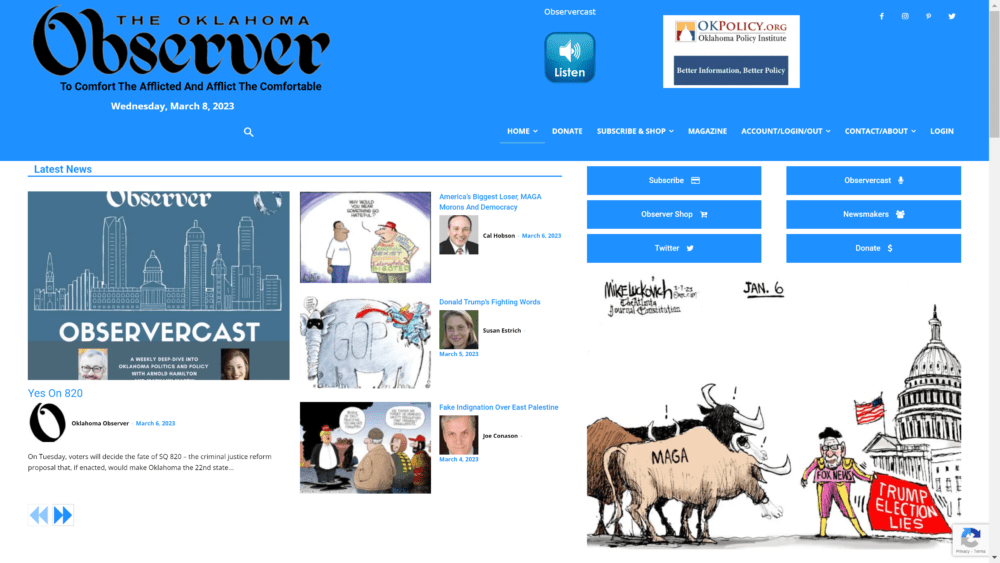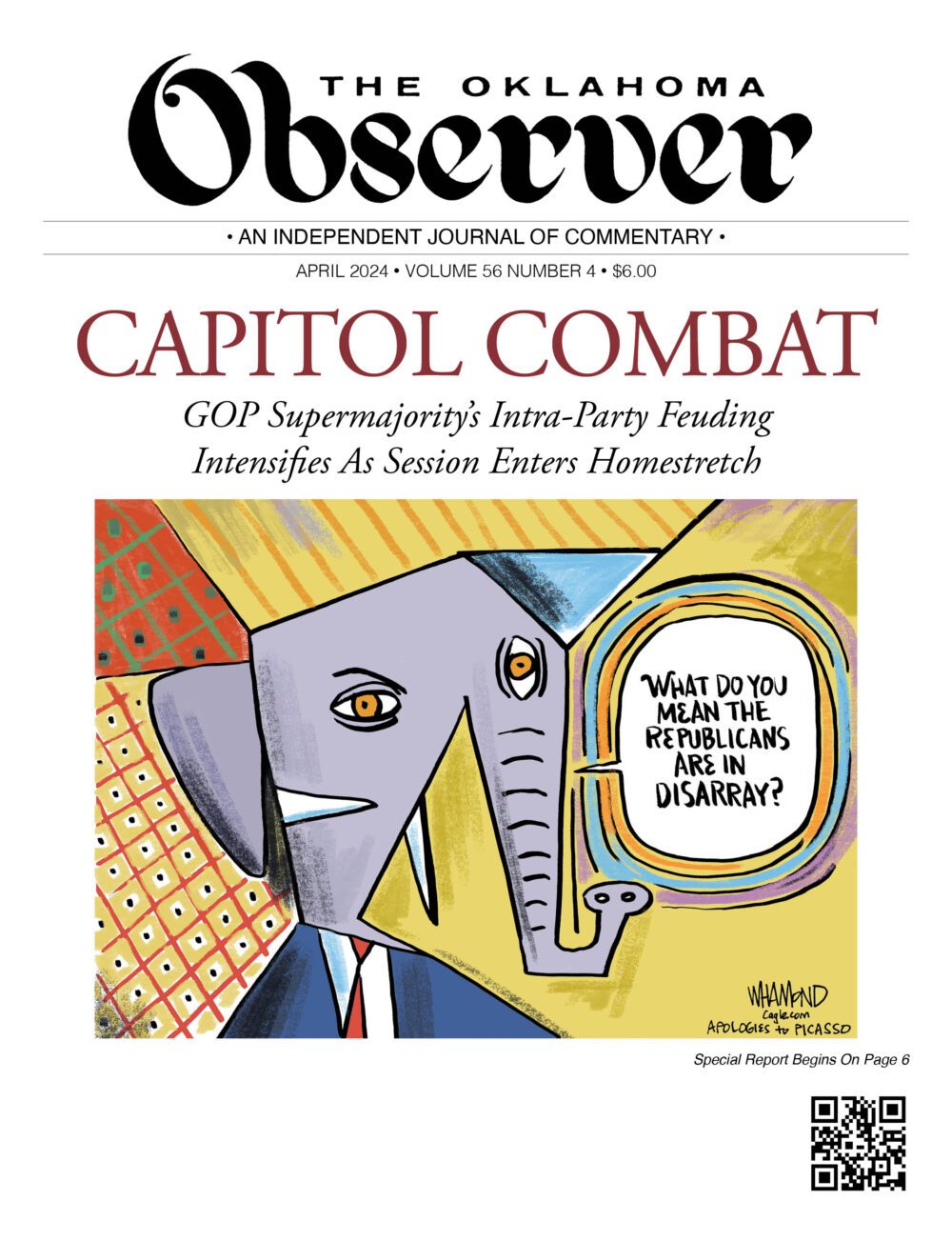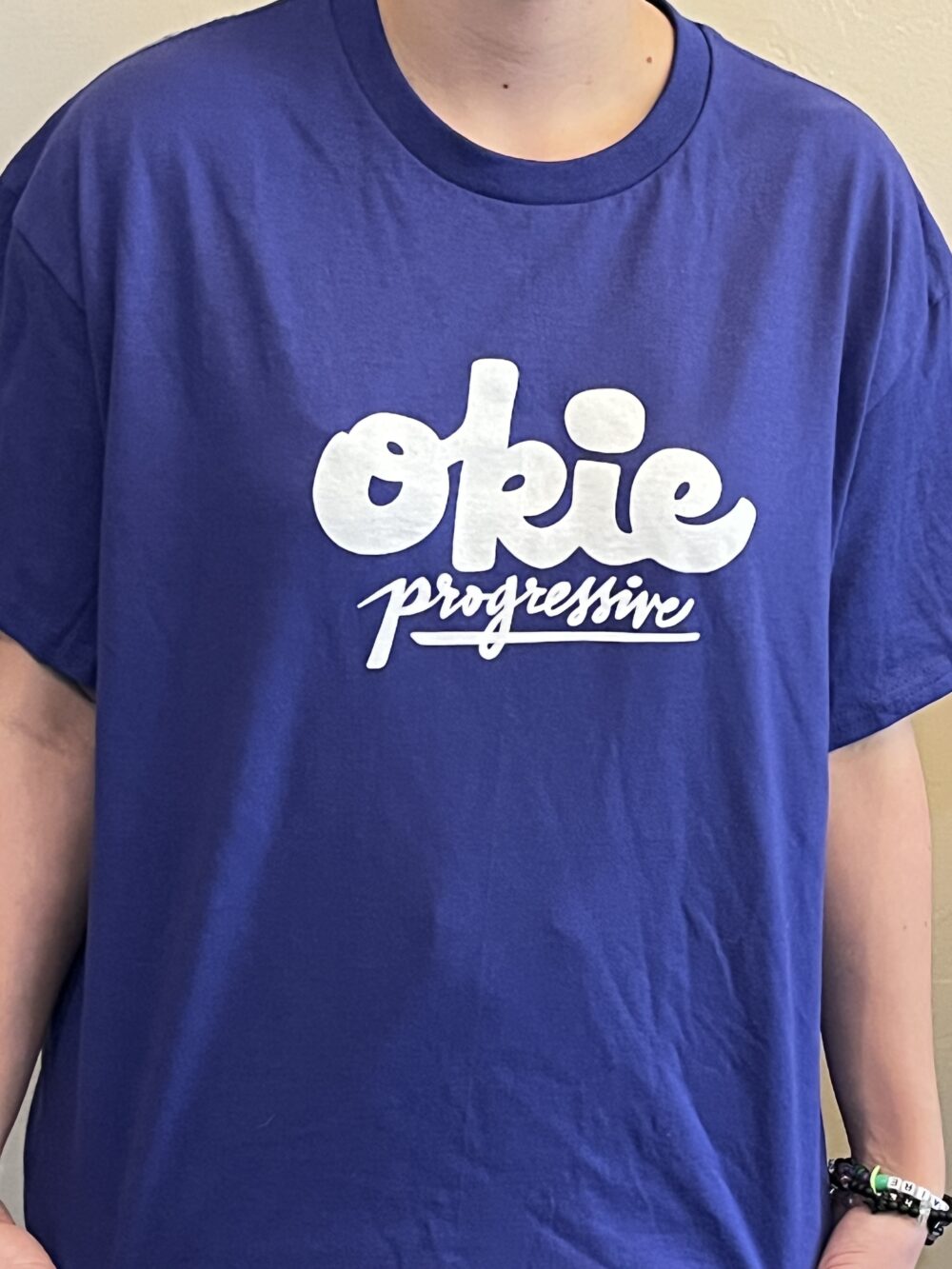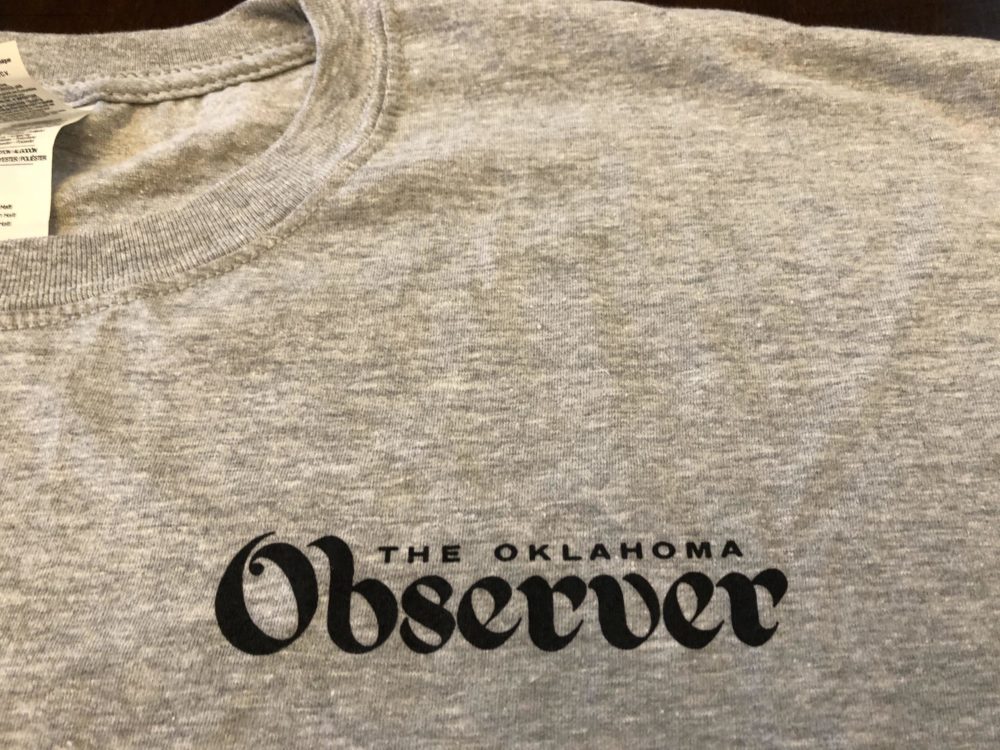BY CECIL ACUFF
Whether by the long-ago rack, an instrument by which the body is stretched, or by just “it was pure torture listening to …,” torture – the “anguish of mind or body – agony” – is still here.
Before the George W. Bush Administration, Franklin Roosevelt’s decision to relocate 100,000 people of Japanese descent to remote desert camps during World War II was an expression of popular will. There was little public or congressional complaint. In 1945, detainees were given $25 and a ticket home. America knew it had done something terribly wrong and decided to forget about it.
The Bush Administration’s use of waterboarding, although secretly ordered, was America’s policy. Congress was informed and did not object.
The practice joined Japanese relocation in America’s Hall of Shame.
It wasn’t until 1983 that a congressional committee acknowledged the fact that the detentions were “unjust and motivated by racism.”
Before George W. Bush’s re-election, U.S. investigative reporters found the salient aspect of U.S. torture policies. The Washington Post revealed “stress and duress” techniques in 2002. Seymour Hersh of The New Yorker broke the Abu Ghraib story in April 2004. In June 2004, Vice President Cheney’s lawyers declared waterboarding a legal and acceptable practice.
An article in a national magazine is headlined, “Better Living Through Torture.” Examples include Jon Yoo, Donald Rumsfeld, George Tenet, Douglas Feith, Bill Kristol, and Paul Wolfowitz.
Yoo, Office of Legal Counsel, wrote a 2002 memo that terror suspects are not covered by U.S. commitments to treaties and agreements banning torture. Now, Yoo is a tenured professor and lecturer defending torture as necessary for U.S. protection. Former U.S. Secretary of Defense Rumsfeld got a one-year Hoover Institute appointment at Stanford in 2007. Former CIA Director Tenet received a $4 million advance for his memoirs, and receives much for directing companies who have military or intelligence contracts.
Feith, involved with governmental torture memos, now labors at the Hudson Institute and Harvard’s Kennedy School of Government as a visiting scholar. Kristol, who was “ambivalent on torture,” was fired by the New York Times and is now at the Washington Post. The Bradley Foundation awarded him $250,000.
Former Deputy Defense Secretary Wolfowitz, an advocate of harsher interrogation methods, today runs the United States-Taiwan Business Council, and is a Fellow at the American Enterprise Institute.
The article concludes, “So there … book contracts, money, fellowships, columns, TV, comfy berths in fancy places – fun. Torture Works.”
Is the death penalty cruel and unusual punishment? Supreme Court Justice Antonin Scalia says torture is an interrogation method, not punishment. But, it’s just a mater of semantics.
More and more people believe that capital punishment is a means of torture. Also, many think that long-term solitary confinement is torturing. America has many thousands locked in lengthy isolation.
A paradox: The U.S. Supreme Court [2002] ruled that the death penalty was “cruel and unusual punishment.” The court added [2003] that those found to be mentally retarded cannot be sentenced to death.
The death penalty is most entrenched in East Asia. China alone regularly accounts for more executions than the rest of the world combined, and applies it to a wide range of lesser crimes than murder.
Capital punishment is an anathema for the rest of the world. All 15 members of the European Union have quit applying the death penalty. Since 1945, the 41-member Council of Europe has required no capital punishment as a non-negotiable condition of membership.
The most glaring [shameful?] exception is the United States. As other western democracies have condemned and abandoned the practice, America has defended it with vigor. Perhaps a reason for American death-status – far more U.S. public officials are directly elected than in Europe. Voters alarmed about crime – who want retribution – have a mind-set that few politicians, local, state, or national, dare not ignore.
U.S. states in the late 18th Century began restricting death penalty use in first-degree murder, while most European countries were still hanging people. But since World War II, public support for capital punishment has risen. Thirty-eight states and the military use the death penalty today.
Death penalty stances of late may be reassessed, giving opponents their best argument – Money! Just two states, New Jersey and New Mexico, have abolished capital punishment in the last 40 years. Cost played a key role in both decisions. Has money, rather than morality, become the reason for saving lives?
In California, housing America’s largest death row costs are $137 million annually. The state has conducted only 11 executions since 1978 – the average cost, each, is $250 million. The state’s estimated cost of life/no parole is $11 million annually.
$137 million for death, $11 million for life.
$126 million which could be used for health, education, or citizen safety.
The cliché is, “Money is no Object.” Really? Famous pro football coach Vince Lombardi said, “Winning isn’t everything, it’s the only thing.” It takes money to buy expensive football players.
In today’s America, “Money isn’t everything, it’s the only thing.” It takes money to buy precious human lives.
– Cecil Acuff lives in Perkins, OK and is an occasional contributor to The Oklahoma Observer







